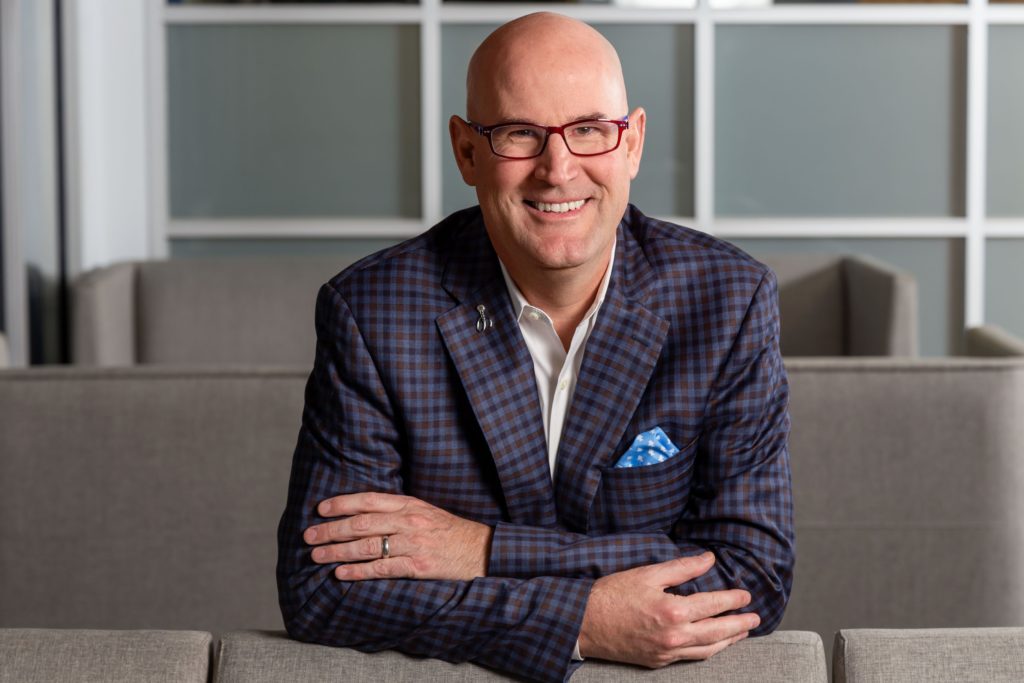You’ve just finished a business presentation. Perhaps it was a sales pitch, a conference presentation, or a divisional update. People nodded as you finished. Some may have come up and congratulated you on the pitch, update, or talk, so you’re feeling good. You’re convinced you did a good job communicating your message and you’re ready to see what big thing happens next.
But let’s assess the situation. How can you tell if the desired communication has taken place?
You can do so by answering these three questions:
1. Can your audience recall the central message, your One Thing?
2. Are they able to apply the message to their lives?
3. Did they understand the call to action and know what to do next?
Here’s the probable reality. If you are like most presenters, you likely missed the mark.
You bought into the myth of communication. In the words of George Bernard Shaw, “The single biggest problem in communication is the illusion that it has taken place.”
The fact that you might be an ineffective presenter is most likely not your fault. You probably are emulating the hundreds, if not thousands of presentations you’ve seen. You may have also heard some bad advice for presenting.
Question: What horrible advice have you received?
In Silver Goldfish, co-author Alan Hoffler and I break down some crazy beliefs about presenting:
– You should stand with your arms crossed. (Or never cross your arms.)
– Never put your hands in your pockets. (Or hands in your pockets will make you look relaxed.)
– Open with a joke. (Or never use jokes.)
– Tell ’em what you’re gonna tell ’em. Tell ’em. Tell ’em what you told ’em.
– Look at spots on the wall behind your audience. (Next stop, optometrist—I’m seeing spots.)
– Imagine your audience naked. (Must be different audiences than we usually get.)
– Be you. (As though you had another option.)
Follow me on Twitter or LinkedIn.

Stan Phelps walks the walk. He stands out in the sea of sameness by modeling his own Differentiated Experience (DX) message: Differentiation isn’t just about what you say, it’s about what you do and, more importantly, how and why you do it. Stan leverages his unique collection of 5,000+ case studies on customer, employee, and brand experience to engage audiences with informative learning-based experiences. He believes purposeful DX wins the hearts of employees and customers, and differentiation ultimately boosts loyalty, retention, referrals, and results.
Find Stan’s in-person and virtual keynotes, workshops, and Goldfish tank programs at StanPhelps.com.

